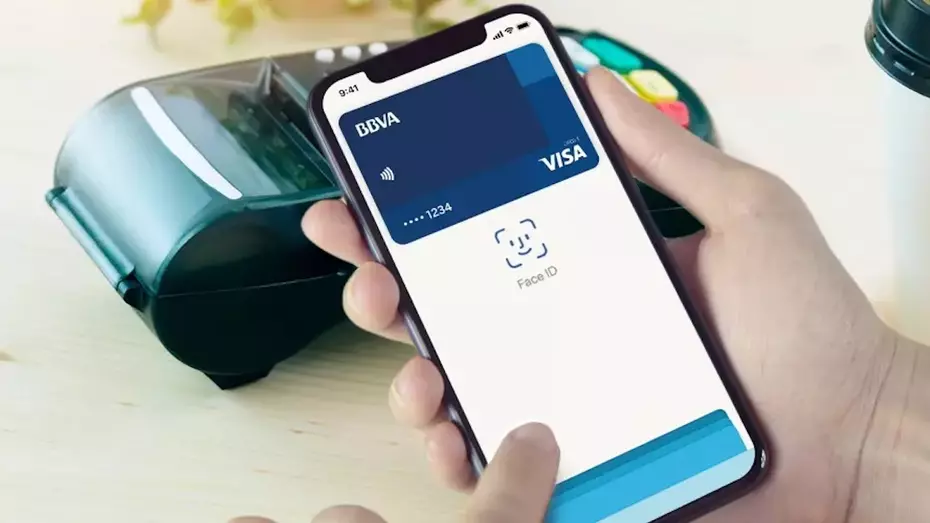In the realm of digital transactions, the choice between using Apple Pay and a physical card often sparks debates around security. While both methods offer convenience, understanding the nuances of their security protocols is essential, especially for those wary of technology. Contrary to popular belief, Apple Pay emerges as the safer option, primarily due to its dynamic tokenization process.
Traditional card payments have evolved with NFC technology, allowing users to tap their cards for transactions, eliminating the need for PIN entry for small amounts. Despite this convenience, concerns about security persist, particularly among older generations. However, the truth may surprise many: Apple Pay offers enhanced security compared to physical cards.The key lies in tokenization—the process of replacing sensitive card information with a unique token during transactions. While physical cards transmit a static token that remains the same for each transaction, Apple Pay dynamically generates a new token for every payment. This fundamental difference significantly enhances security.Imagine your PIN as a token for accessing cash. With a physical card, it’s like using the same PIN every time, making it vulnerable if someone obtains it. However, with Apple Pay, it’s akin to changing your PIN with each transaction, rendering any stolen information useless for future attempts.In essence, Apple Pay’s dynamic tokenization ensures that even if a hacker intercepts transaction data, they gain no valuable information as the token changes constantly. This level of security far surpasses the static tokens used in traditional card payments.So, next time you’re faced with the choice between Apple Pay and a physical card, remember: while the familiarity of traditional methods may seem reassuring, it’s the dynamic security features of Apple Pay that truly safeguard your transactions. Embrace the future of secure payments with Apple Pay—it’s the smart choice for peace of mind in an increasingly digital world.

